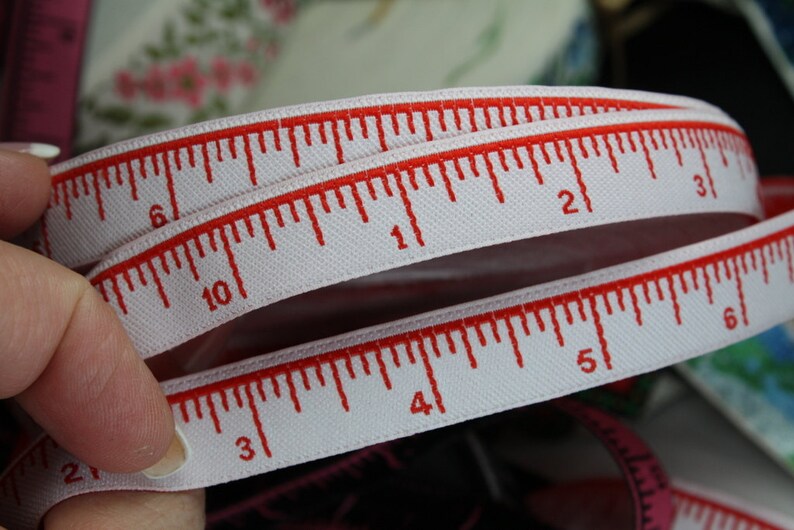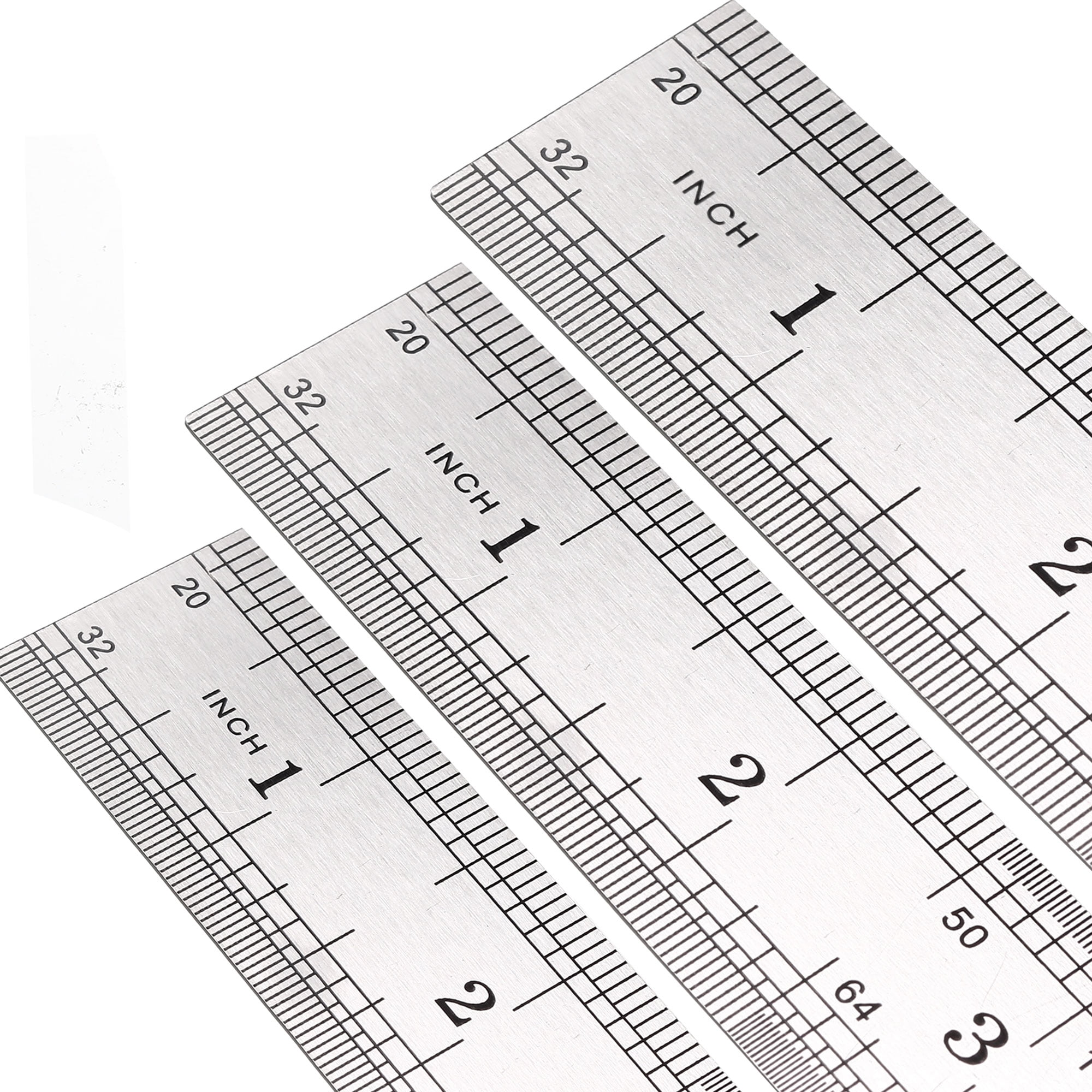

This number represents the whole feet of the item you are measuring. Mentally note this number and be sure to 'round down' even if you are close to the next number. Read the number off the scale that is closest to the ending point of the item measured. Line up the zero mark on the scale selected with the beginning of the item you wish to measure, then determine at what point on the scale the end of the item you wish to measure is. One scale reads left to right and the other right to left. Be careful when selecting the scale on the ruler, there are two scales on each edge. This would represent a drawing with a scale of 1/8" = 1 foot. For example, 1/8 on the ruler is in fact a scale that converts 1/8 inch on the drawing to 1 foot. Once the scale of the drawing has been ascertained, select the correct scale on the ruler. Most architectural, construction and engineering drawings and blueprints are scaled to allow for large areas, structures or items to conveniently fit on a reasonable size of paper.īefore using an architect's scale or ruler, it is important to know the scale of the drawing or item that is being measured.

p. 436.An Architect's or scale ruler is designed for use in determining the actual dimensions of a distance on a scaled drawing. American Dictionary of Printing and Bookmaking. The Elements of Typographic Style (2nd ed.). A Typographic Workbook: A Primer to History, Techniques, and Artistry. ^ Clair, Kate Busic-Snyder, Cynthia (2012).Newspaper Typography, a Textbook for Journalism Classes. Book Production Procedures for Today's Technology (2nd ed.). Editing and Publication: A Training Manual. Production for Graphic Designers (4th ed.).
#8 INCH RULERS MANUAL#
Newspaper Editing: A Manual for Editors, Copyreaders, and Students of Newspaper Desk Work. London and New York: Longmann, Green, and Co.

^ Legros, Lucien Alphonse Grant, John Cameron (1916).The typographic pica should not be confused with the Pica font of the typewriters, which means a font where 10 typed characters make up a line one inch long. Similar tables exist as well with which one can estimate the number of characters per pica knowing the lower-case alphabet length. There have existed copyfitting tables for a number of typefaces, and typefoundries often provided the number of characters per pica for each type in their specimen catalogs. For example, an 11-point font (like Helvetica) may have 2.4 cpp, thus a 5-inch (30-pica) line of a usual octavo-sized (6×8 in) book page would contain around 72 characters (including spaces). As books are most often printed with proportional fonts, cpp of a given font is usually a fractional number. The font length is measured there by the number of characters per pica ( cpp). The pica is also used in measuring the font capacity and is applied in the process of copyfitting.
#8 INCH RULERS PC#
Publishing applications such as Adobe InDesign and QuarkXPress represent pica measurements with whole-number picas left of a lower-case p, followed by the points number, for example: 5p6 represents 5 picas and 6 points, or 5 1⁄ 2 picas.Ĭascading Style Sheets (CSS) defined by the World Wide Web Consortium use pc as the abbreviation for pica ( 1⁄ 6 of an inch), and pt for point ( 1⁄ 72 of an inch).

The pica is a typographic unit of measure corresponding to approximately 1⁄ 6 of an inch, or from 1⁄ 68 to 1⁄ 73 of a foot. A ruler showing Pica scale (on the top) and Agate scale (on the bottom)


 0 kommentar(er)
0 kommentar(er)
